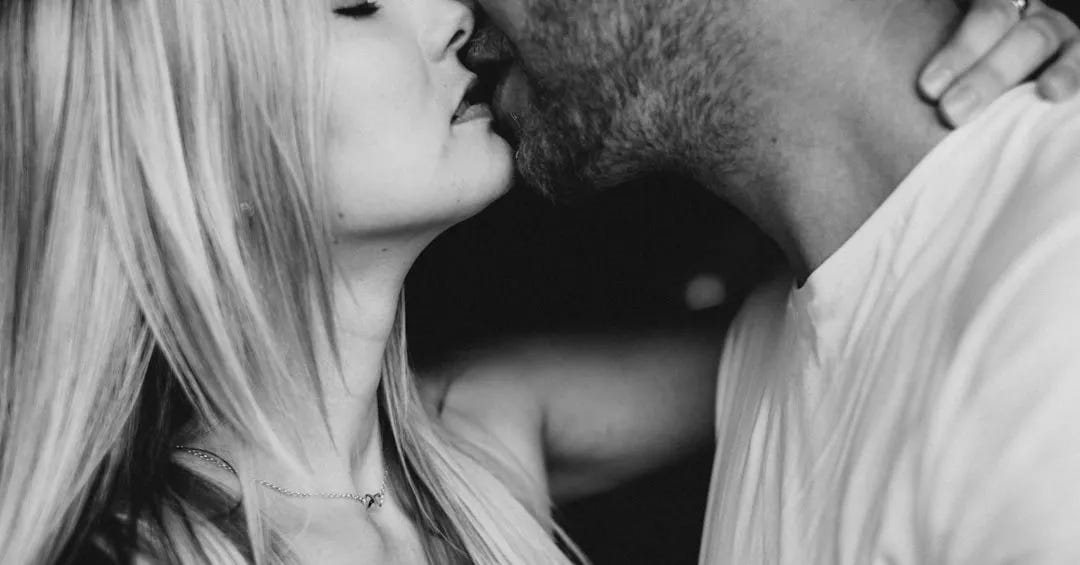From Blind Dates to Swipe Rights: The Graph That Explains Modern Love
Once we met through family and friends; now we meet online
It’s Valentine’s Day 2025! To mark this auspicious occasion, here’s a fascinating graph that goes viral from time to time - perhaps you’ve seen it before. It shows the changing ways that couples have met from 1940 to 2020, and reveals a striking shift in the nature of modern romance.
The main story, of course, is the red line: couples who met online.
Note that “met online” doesn’t just include dating apps; it also includes connections made on social media platforms such as Facebook and Instagram.
If you prefer your data in motion, here’s an animated version of the graph. It vividly demonstrates just how dramatically things have changed in the past decade or so compared to the previous eighty years.
The graph is from a 2019 paper by Michael Rosenfeld, Reuben Thomas, and Sonia Hausen. Here’s the abstract:
We present data from a nationally representative 2017 survey of American adults. For heterosexual couples in the United States, meeting online has become the most popular way couples meet, eclipsing meeting through friends for the first time around 2013. Moreover, among the couples who meet online, the proportion who have met through the mediation of third persons has declined over time. We find that Internet meeting is displacing the roles that family and friends once played in bringing couples together.
In 2020, I was interviewed about the graph by Javier Sinay for RED/ACCIÓN, an Argentinian news website. Javier asked: “What does this graphic reveal about our social environment? Does the nature of couple-love change when meeting online?” Here’s how I answered:
The graph reveals something about the modern world that doesn’t just apply to dating: More and more of human life is taking place online.
Online dating doesn’t change the nature of love itself – love is psychologically and biochemically the same today as it was when we were hunter-gatherers wandering the African savannah. But it does greatly increase the pool of possible partners. That means people are more likely to meet someone very similar to themselves – but also more likely to think “This person isn’t perfect for me; I’m going to back to the app to keep on looking.”
Anyway, whether you’re looking, taken, or somewhere in between, Happy Valentine’s Day to all who celebrate!
How You Can Support the Newsletter
If you like what I’m doing with the Nature-Nurture-Nietzsche Newsletter and want to support my work, there are several ways you can do it.
Like and Restack - Click the buttons at the top or bottom the page to boost the post’s visibility on Substack.
Share - Send the post to friends or share it on social media.
Upgrade to Premium - A premium subscription gives you:
Full access to all new posts and the archive
Full access to exclusive content such as my “12 Things Everyone Should Know” posts, Linkfests, and other regular features
The ability to post comments and engage with the growing N3 Newsletter community.
If you do any of the above, I’d be very grateful. Your support helps keep the newsletter going.
Thanks!
Steve
Follow me on Twitter/X for more psychology, evolution, and science.
Related Reading From the Archive
A Billion Years of Sex Differences
I recently gave a professorial lecture at my university, focused on some of my theoretical work on the evolution of human sex differences. The following is a lightly edited transcript of the lecture.
Who's More Likely to Say Yes to an Offer of Sex From a Stranger, Men or Women?
In one of the most famous studies in psychology, psychologists Russell Clark and Elaine Hatfield had accomplices approach young men and women on a busy U.S. campus and say “Hi. I’ve been noticing you around town lately, and I find you very attractive.” The accomplices then made one of the following propositions:






This is absolutely horrendous for social cohesion, further atomizing society.